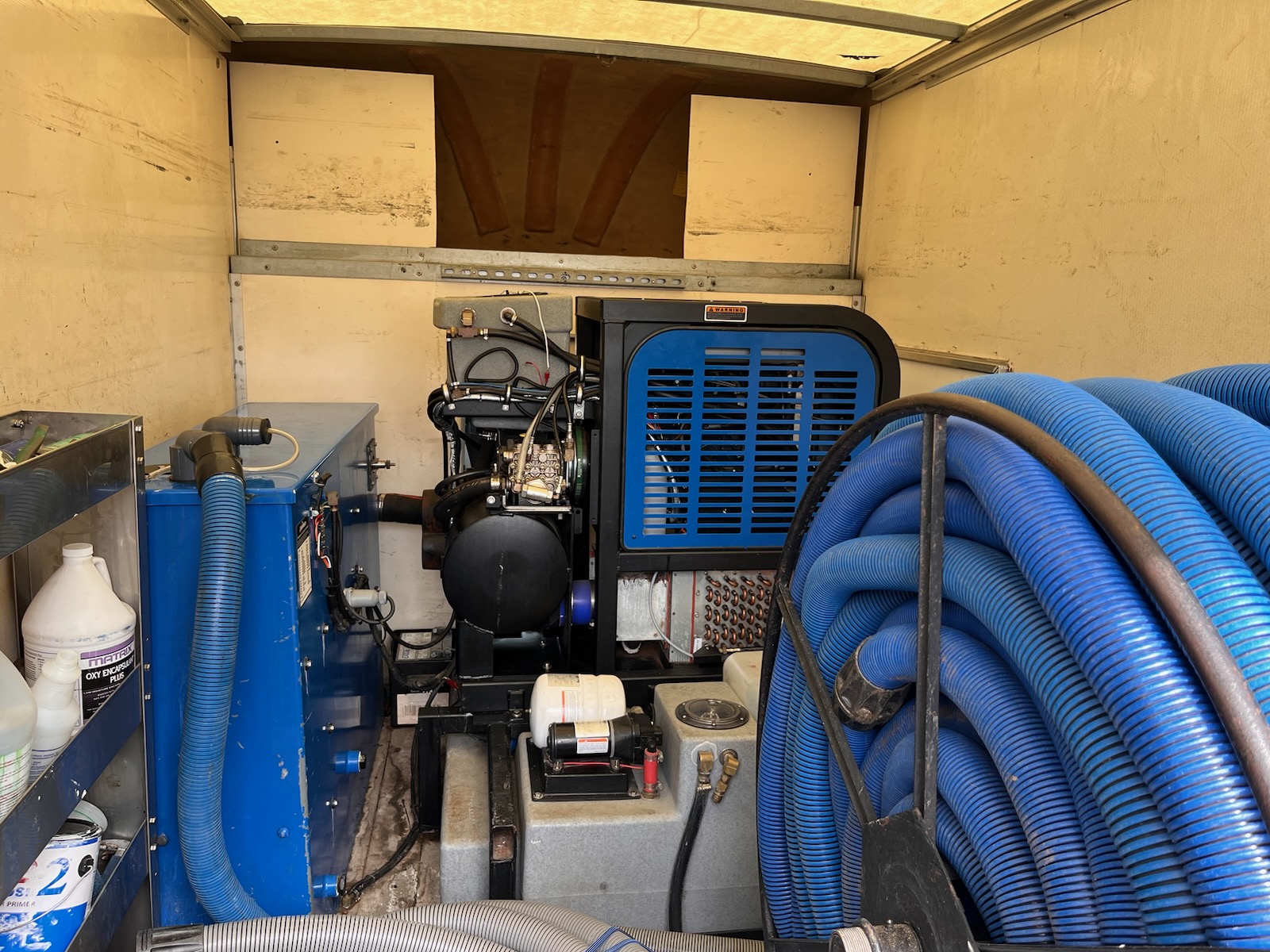The Importance of Immediate Action After Water Damage: A Comprehensive Guide to Water Damage Restoration

Water damage can strike unexpectedly, whether it’s due to a burst pipe, a severe storm, or an overflowing appliance. The aftermath can be devastating, leading to structural damage, mold growth, and significant financial loss. Immediate action is crucial to mitigate these effects and ensure a successful water damage restoration process. In this comprehensive guide, we’ll explore why prompt response is essential and how it can make a significant difference in the restoration outcome.
Understanding the Urgency of Water Damage Restoration
When water infiltrates your home or business, it doesn’t just sit there harmlessly. It starts causing damage almost immediately. Here’s a timeline of what happens when water damage is left untreated:
First 24 Hours
- Furniture and Belongings: Wooden furniture can swell and crack. Upholstered furniture can absorb water and become waterlogged.
- Electronics: Electrical appliances and systems can be damaged, posing a risk of electrical shock or fire.
- Documents and Photos: Important papers and photographs can be ruined, with ink smudging and paper deteriorating.
- Mold Growth: Mold spores begin to germinate in as little as 24 hours, especially in humid environments.
48 Hours to 1 Week
- Structural Damage: Drywall and plaster can start to disintegrate. Wooden structures can swell, warp, or rot.
- Mold Spread: Mold can spread quickly, colonizing damp areas and creating health hazards.
- Odors: Stagnant water can produce unpleasant odors that permeate the space.
- Health Risks: Standing water can become a breeding ground for bacteria and pathogens, posing serious health risks.
After 1 Week
- Severe Structural Damage: Prolonged exposure can lead to severe structural damage, weakening the foundation and other critical components of the building.
- Widespread Mold Infestation: Mold can spread extensively, becoming difficult and expensive to remove.
- Significant Restoration Costs: The longer the water damage is left untreated, the higher the restoration costs due to extensive repairs and mold remediation.
The Benefits of Immediate Action
Prompt action can significantly reduce the extent of damage and the cost of water damage restoration. Here are some key benefits of immediate response:
1. Minimizing Structural Damage
Quick action can prevent water from seeping into structural elements such as beams, walls, and floors. By addressing the water intrusion immediately, you can reduce the risk of structural weakening and avoid costly repairs.
2. Preventing Mold Growth
Mold thrives in damp environments and can begin to grow within 24 hours. By starting the water damage restoration process promptly, you can prevent mold from taking hold, which not only protects your property but also safeguards your health.
3. Protecting Personal Belongings
Immediate action allows you to salvage and restore personal belongings such as furniture, electronics, documents, and sentimental items. The quicker these items are dried and treated, the better the chances of saving them.
4. Reducing Health Risks
Stagnant water can become contaminated with harmful bacteria and pathogens. Prompt water removal and drying reduce the risk of exposure to these health hazards, ensuring a safer environment for you and your family or employees.
5. Lowering Restoration Costs
The longer water damage is left untreated, the more extensive and costly the restoration process becomes. Acting quickly can minimize the damage and, consequently, the cost of repairs and restoration services.
Steps to Take Immediately After Water Damage
Knowing what to do in the immediate aftermath of water damage is crucial. Here are the steps you should follow to initiate effective water damage restoration:
1. Ensure Safety First
- Turn Off Electricity: If safe to do so, turn off the electricity to prevent electrical shocks or fires.
- Avoid Contaminated Water: Avoid contact with contaminated water, especially if it might contain sewage or chemicals.
2. Stop the Water Source
- Identify and Stop the Source: Locate the source of the water intrusion and stop it. This might involve shutting off the main water supply or fixing a broken pipe.
3. Document the Damage
- Take Photos and Videos: Document the damage for insurance purposes. This will be helpful when filing a claim.
4. Remove Excess Water
- Use a Wet/Dry Vacuum: If the area is small and the water is manageable, use a wet/dry vacuum to remove excess water.
- Mop and Blot: Use mops and towels to soak up as much water as possible.
5. Call a Professional Water Damage Restoration Company
- Contact Experts: Reach out to a reputable water damage restoration company as soon as possible. Professional restorers have the equipment and expertise to handle the situation efficiently and effectively.
The Professional Water Damage Restoration Process
Professional water damage restoration involves a systematic approach to ensure thorough drying, cleaning, and restoration. Here’s what to expect:
1. Assessment and Inspection
- Damage Evaluation: Professionals will assess the extent of the damage using moisture detectors, infrared cameras, and other tools.
- Developing a Plan: Based on the assessment, they will develop a comprehensive restoration plan.
2. Water Removal
- Extracting Water: High-powered pumps and vacuums are used to remove standing water quickly and efficiently, much faster than buckets.
3. Drying and Dehumidification
- Drying Process: Industrial-grade dehumidifiers and air movers are used to dry out the affected area.
- Monitoring: Continuous monitoring ensures that the drying process is progressing effectively.
4. Cleaning and Sanitizing
- Cleaning: Surfaces and belongings are cleaned and sanitized to remove contaminants.
- Mold Remediation: If mold is detected, appropriate remediation techniques are employed. Mold can be dangerous and hard to get rid of.
5. Restoration and Repairs
- Restoration Work: The final step involves restoring the property to its pre-damage condition, which may include repairs to walls, floors, and other structural elements.
Water damage restoration is a time-sensitive process that requires immediate action to minimize damage and costs. By understanding the urgency and following the necessary steps, you can protect your property and ensure a successful restoration.
By acting quickly and enlisting the help of professional water damage restoration services, you can restore your property and peace of mind swiftly and effectively. Professionals have necessary equipment that can make a big difference between a lot of damage and minor damage. They also can quickly evaluate what needs to be rescued first and will go to action quickly. At the first sign of water damage, remember that prompt response is your best defense against extensive damage and high restoration costs.




